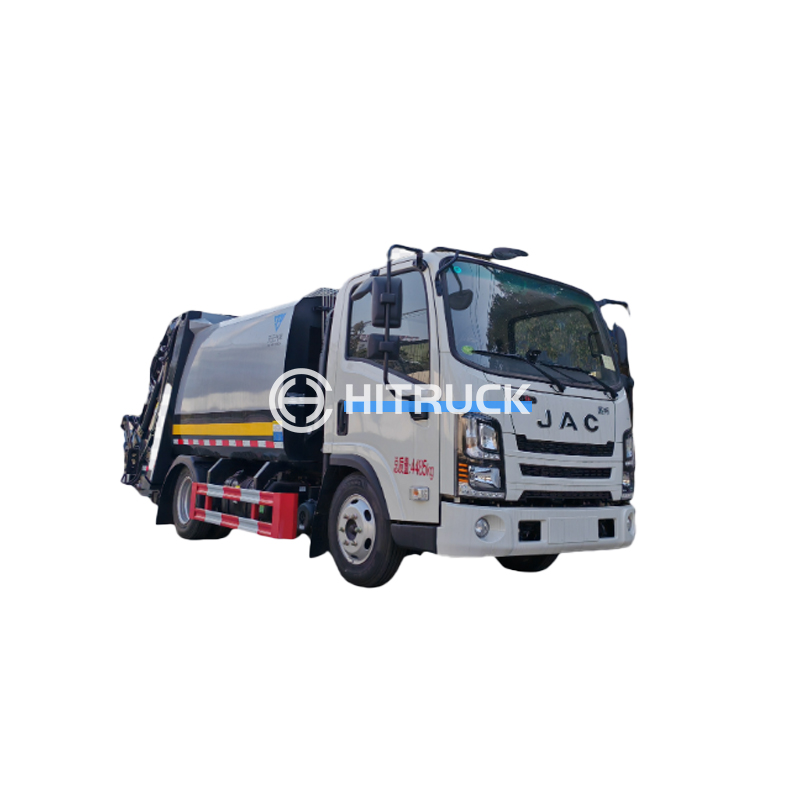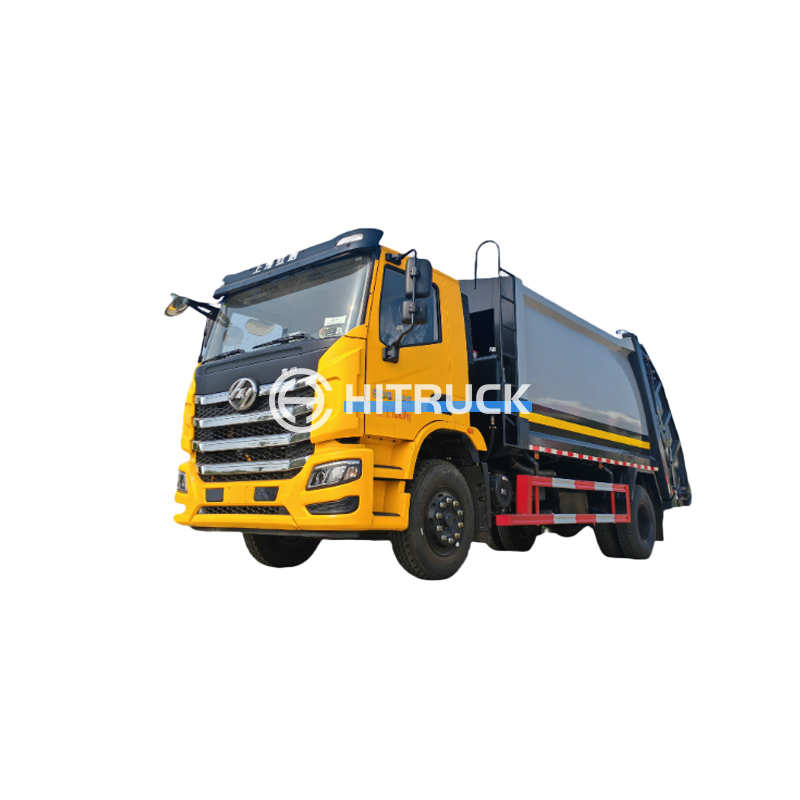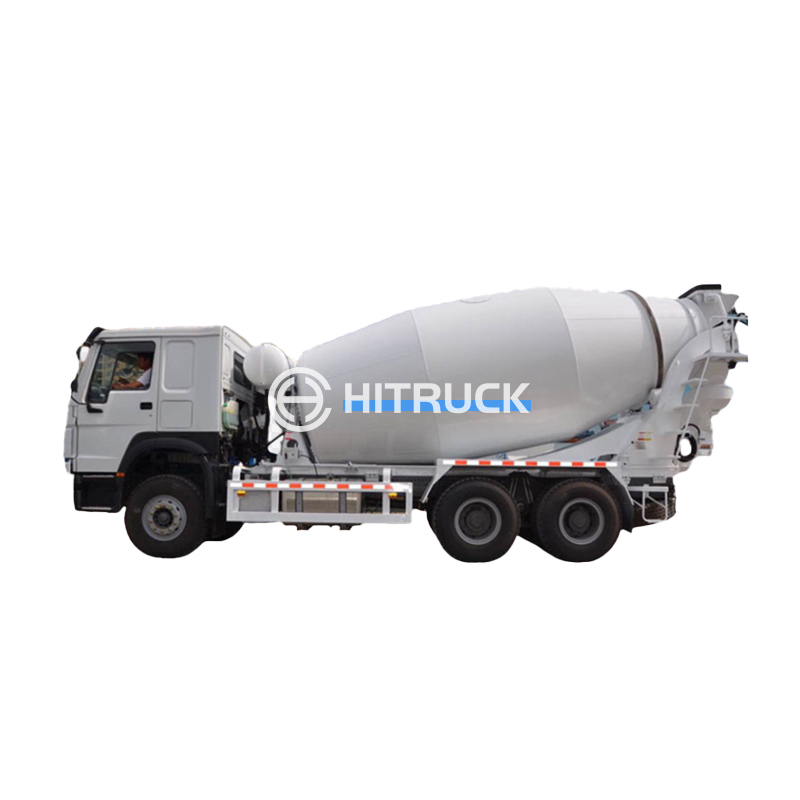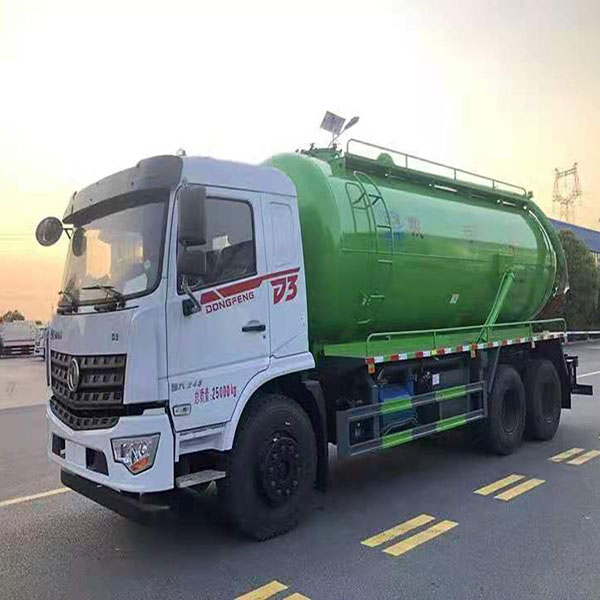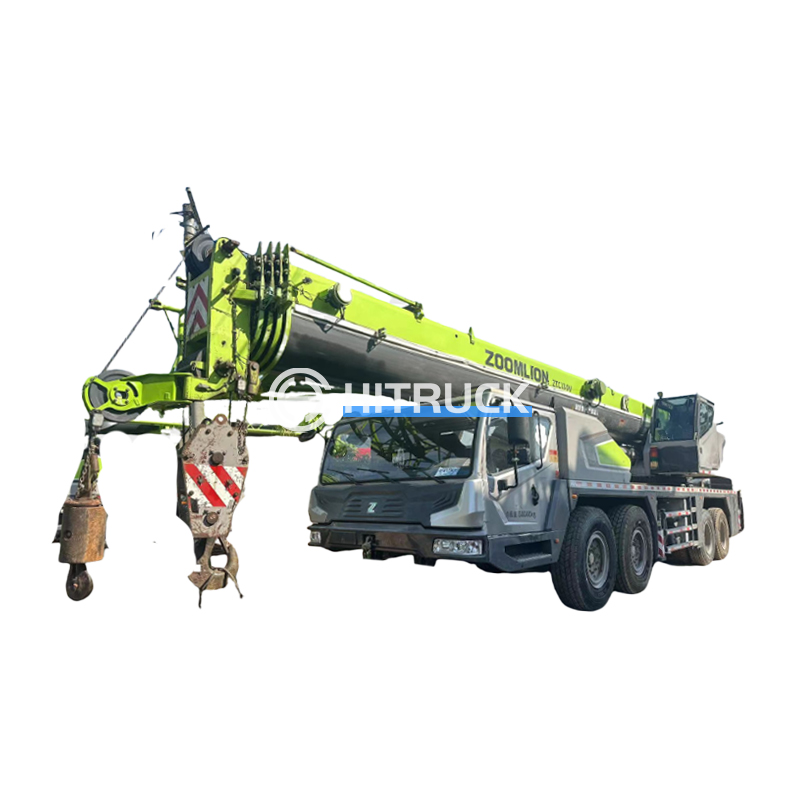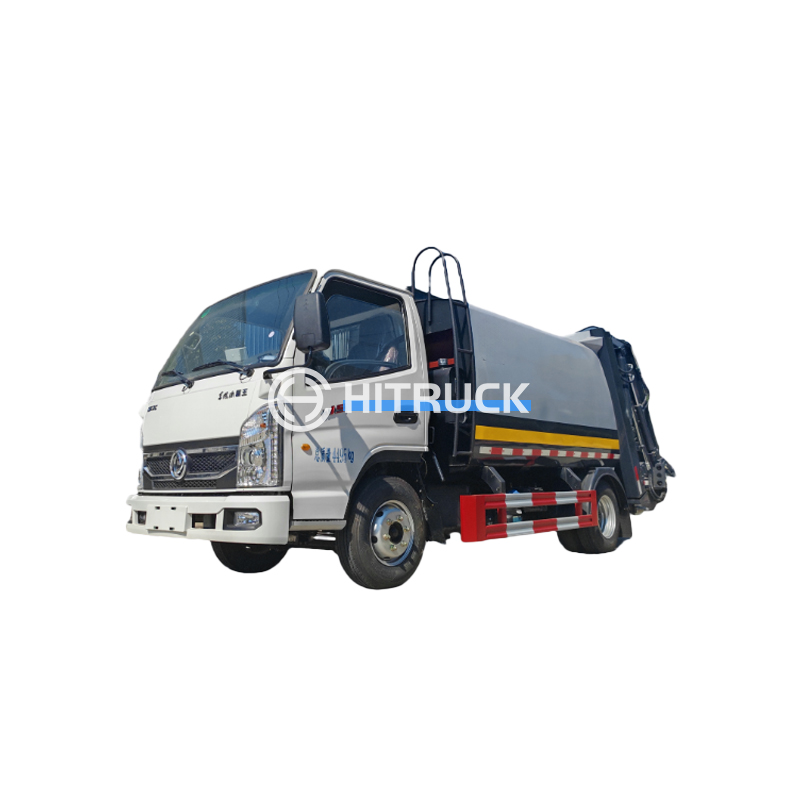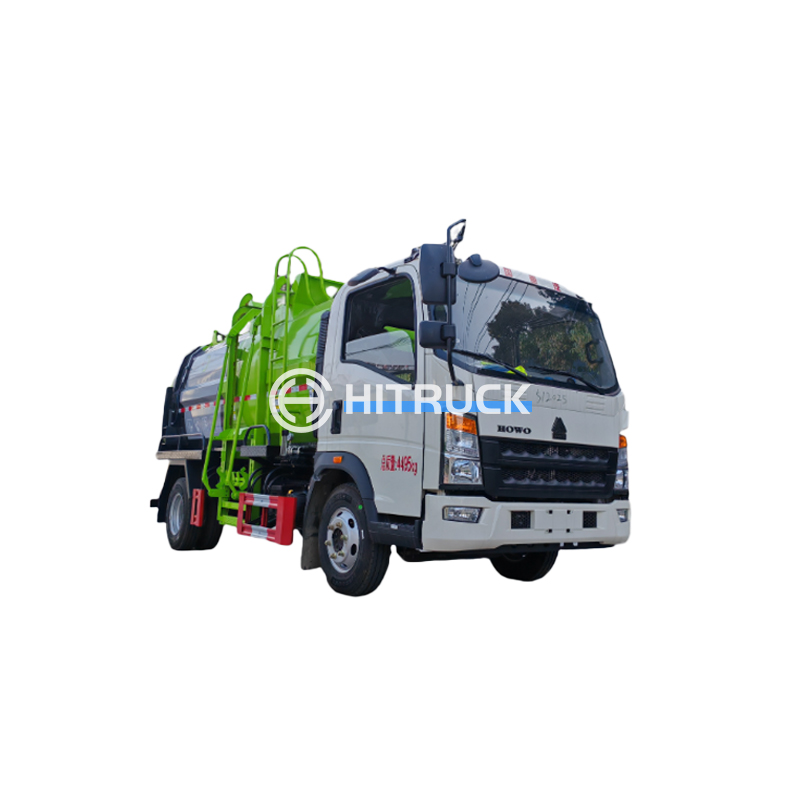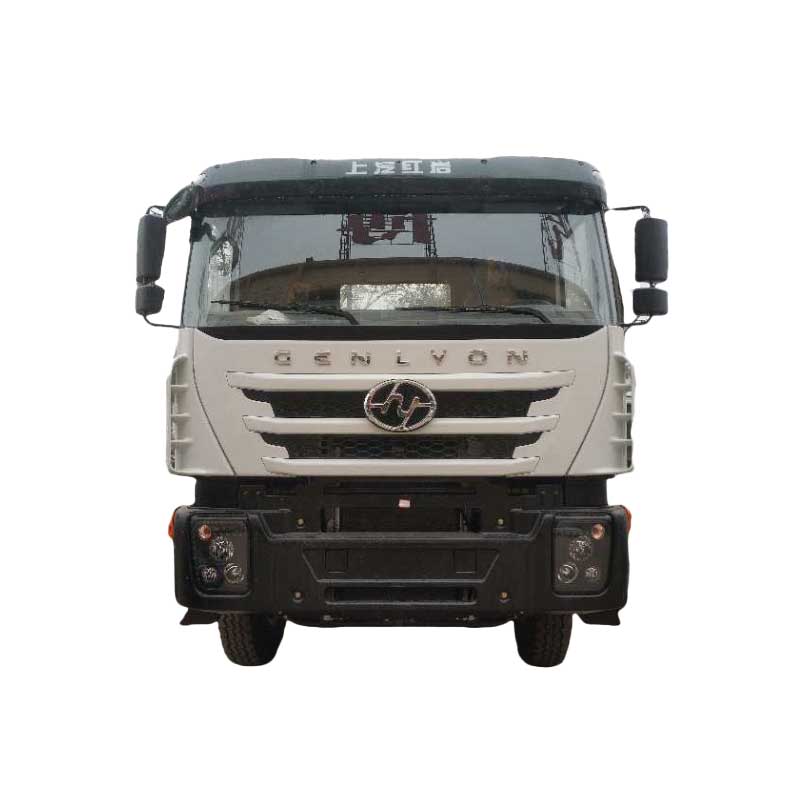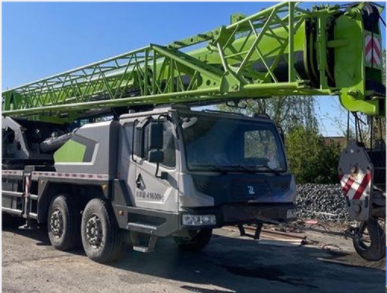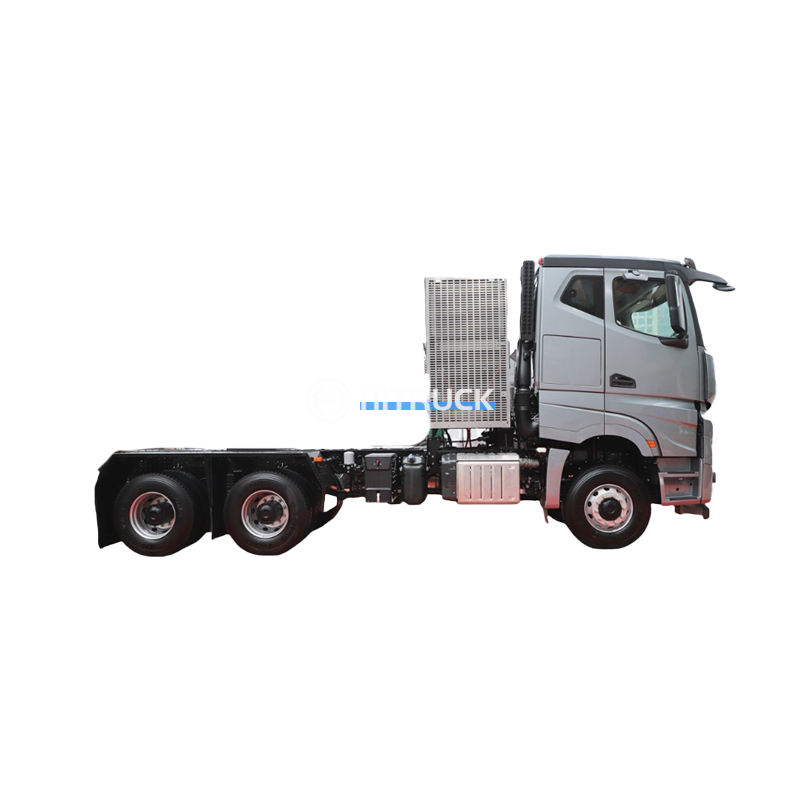This guide helps you understand the various factors to consider when purchasing a small water tanker, ensuring you select the perfect model for your specific requirements. We'll explore different tank sizes, materials, features, and applications to assist in your decision-making process.
The first crucial step is determining the required water capacity. Consider your intended use. Will the small water tanker be used for small-scale construction projects, agricultural irrigation, emergency water supply, or something else entirely? A smaller capacity might suffice for gardening, while larger capacities are necessary for commercial applications. Typical sizes range from a few hundred gallons to several thousand gallons. Remember to factor in potential future needs and allow for some extra capacity.
Small water tankers find applications in diverse sectors. Construction sites often rely on them for dust suppression and concrete mixing. Agricultural settings utilize them for irrigation, livestock watering, and pesticide spraying. Emergency services may employ them for disaster relief efforts. Even landscaping businesses and homeowners utilize small water tankers for efficient water transport.
Several materials are used in small water tanker construction, each with its advantages and disadvantages. Polyethylene tanks are lightweight, durable, and corrosion-resistant, making them a popular choice. Stainless steel tanks offer superior strength and longevity but come at a higher cost. Other options include fiberglass and aluminum, each with its own unique properties. Consider the expected lifespan, budget, and chemical compatibility when selecting a material.
| Material | Pros | Cons |
|---|---|---|
| Polyethylene | Lightweight, durable, corrosion-resistant, affordable | Lower impact resistance compared to steel |
| Stainless Steel | High strength, long lifespan, excellent corrosion resistance | Higher cost, heavier weight |
| Fiberglass | Lightweight, corrosion-resistant, good insulation | Susceptible to damage, potential for cracking |
The pumping system is a critical component. Consider the required flow rate based on your application. Higher flow rates are needed for rapid filling or irrigation, while lower flow rates may suffice for smaller tasks. Different pump types (e.g., centrifugal, positive displacement) offer varying performance characteristics.
Look for features that enhance safety and convenience, such as level gauges, pressure gauges, and safety valves. The presence of various valves allows for controlled water distribution. Always prioritize safety features when choosing a small water tanker.
Before making a purchase, carefully research different manufacturers and suppliers. Compare prices, features, and warranties. Reading online reviews can provide valuable insights into the reliability and performance of specific models. For a wide selection of high-quality trucks and trailers, including small water tankers, explore Suizhou Haicang Automobile sales Co., LTD's inventory at hitruckmall.com. They offer a range of options to suit various needs and budgets.
Remember to always comply with local regulations regarding water transportation and usage. Careful consideration of these factors will help you secure a small water tanker that meets your needs and budget effectively.

